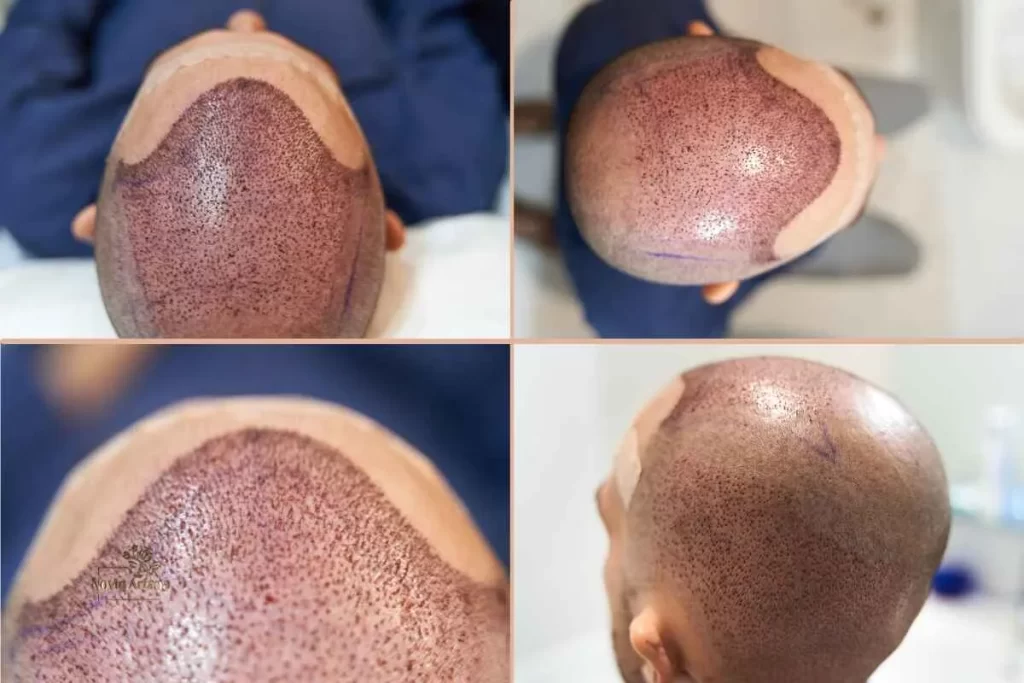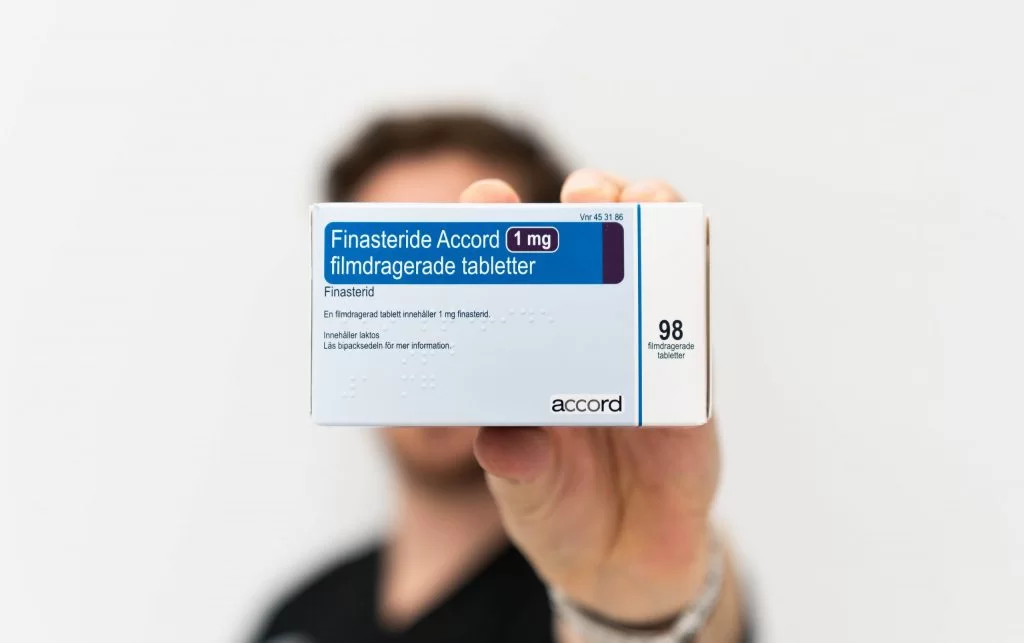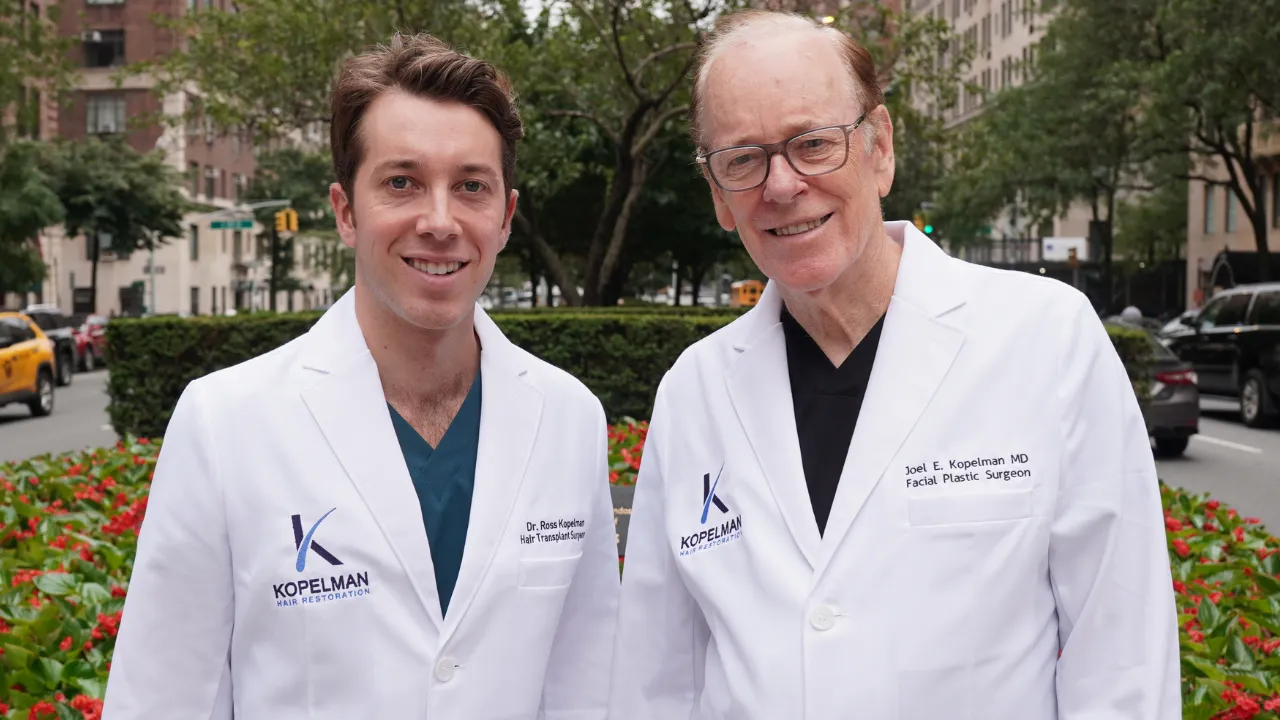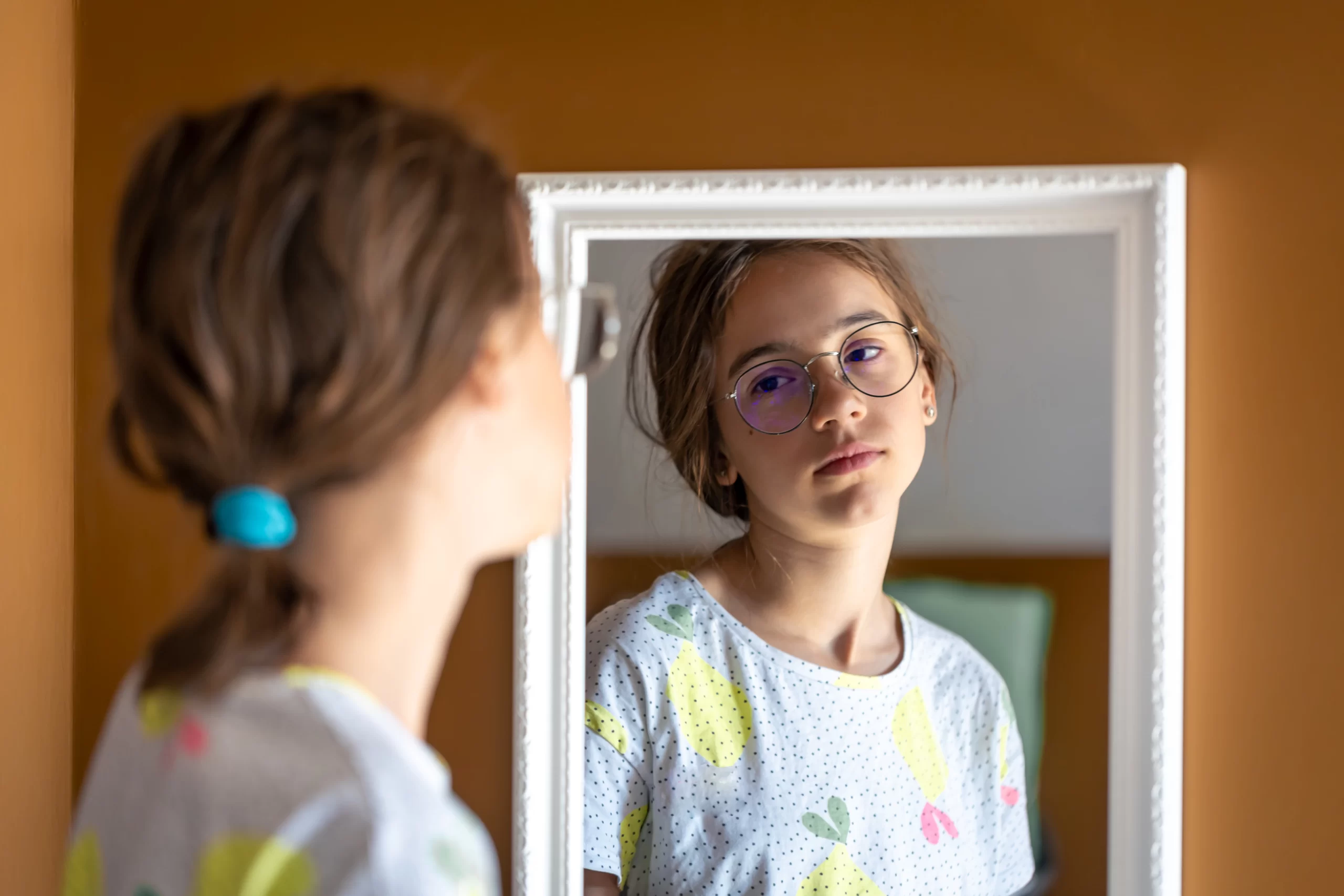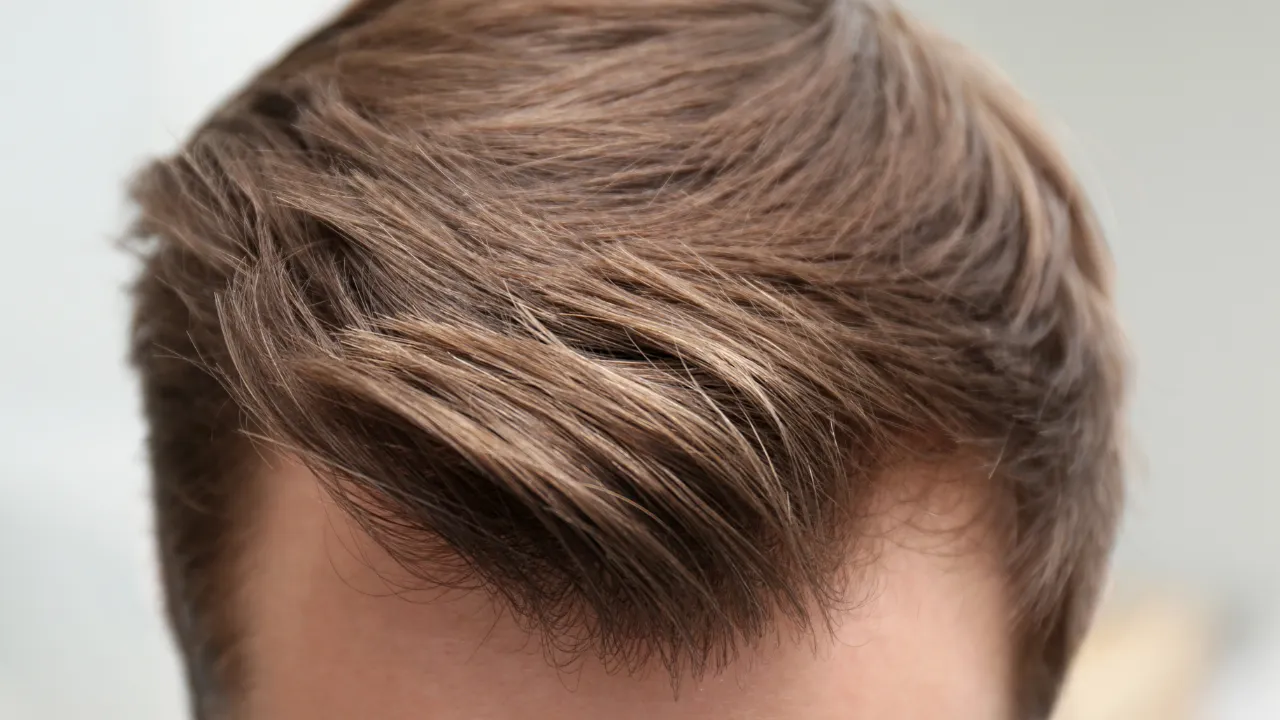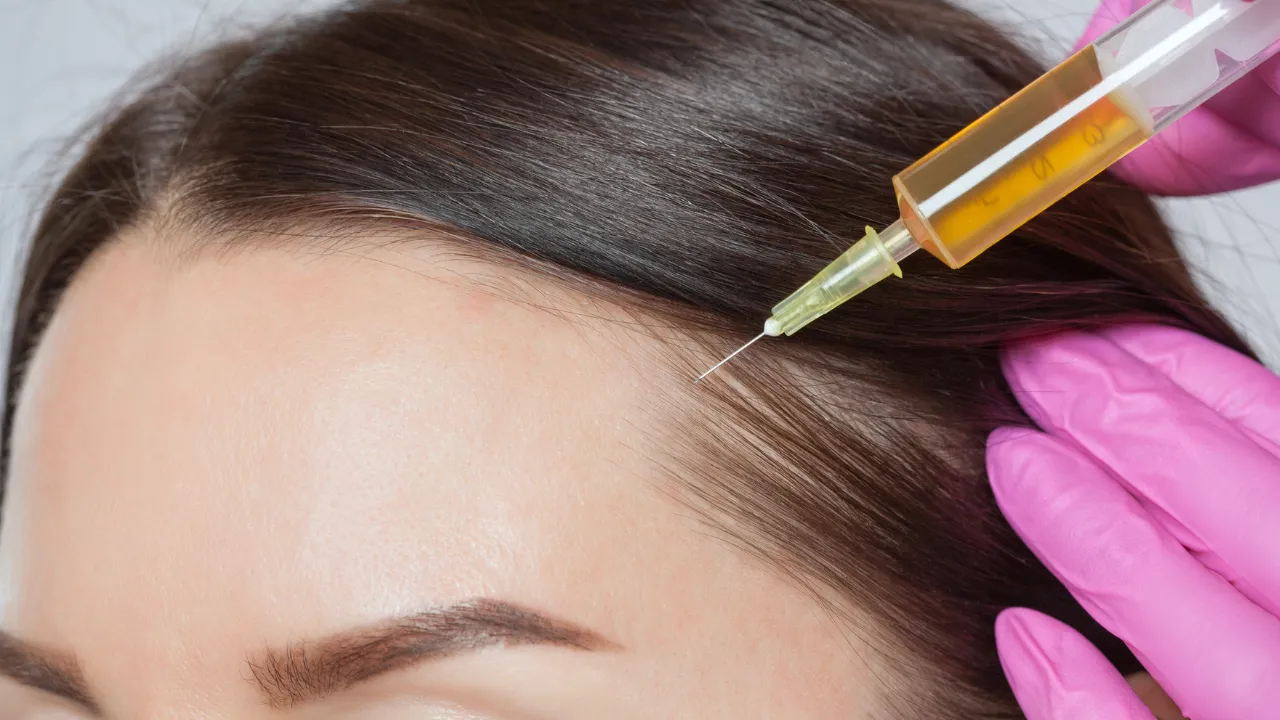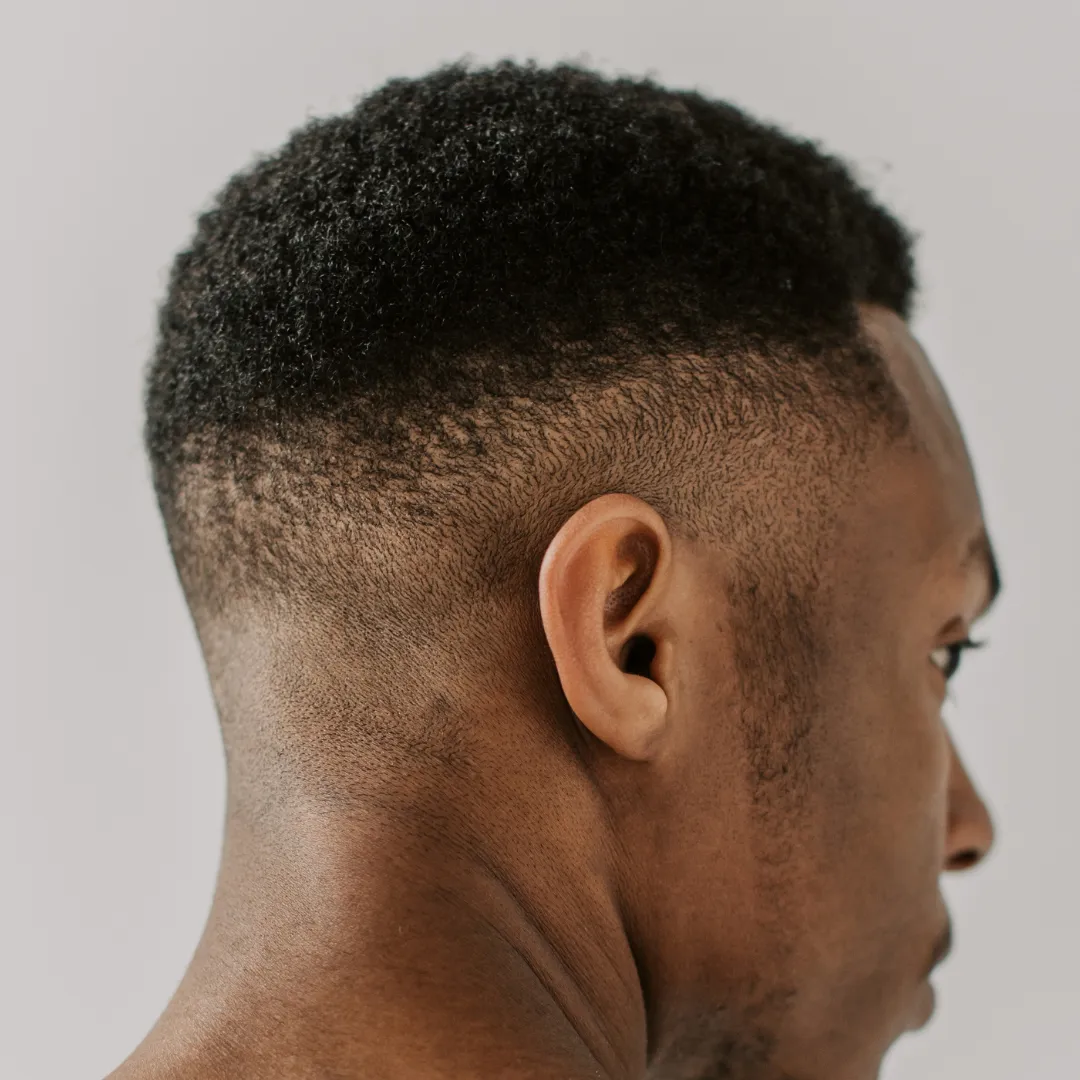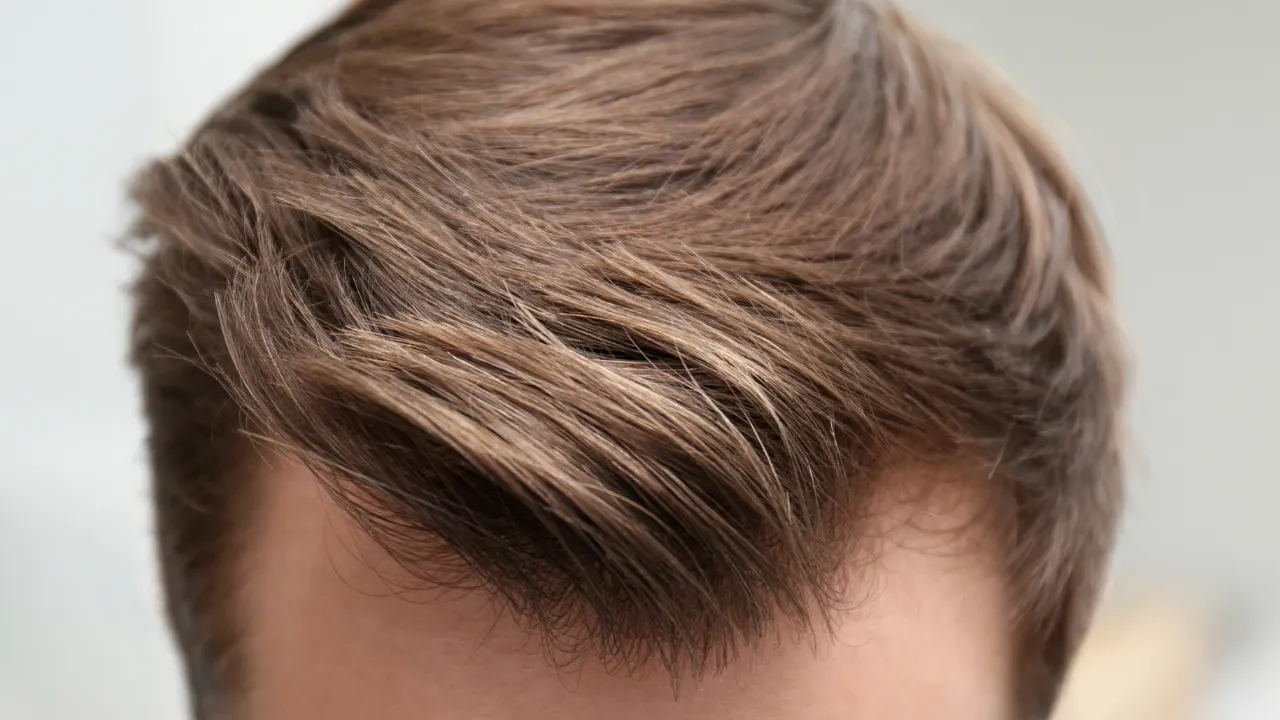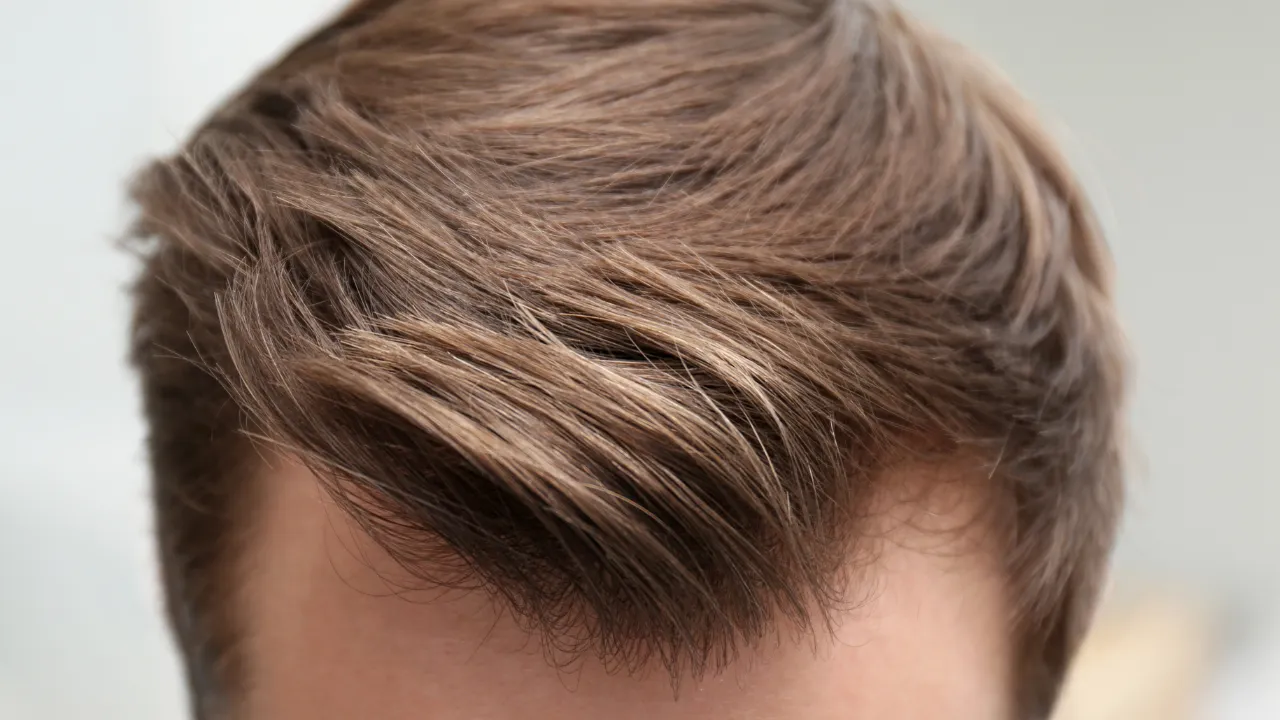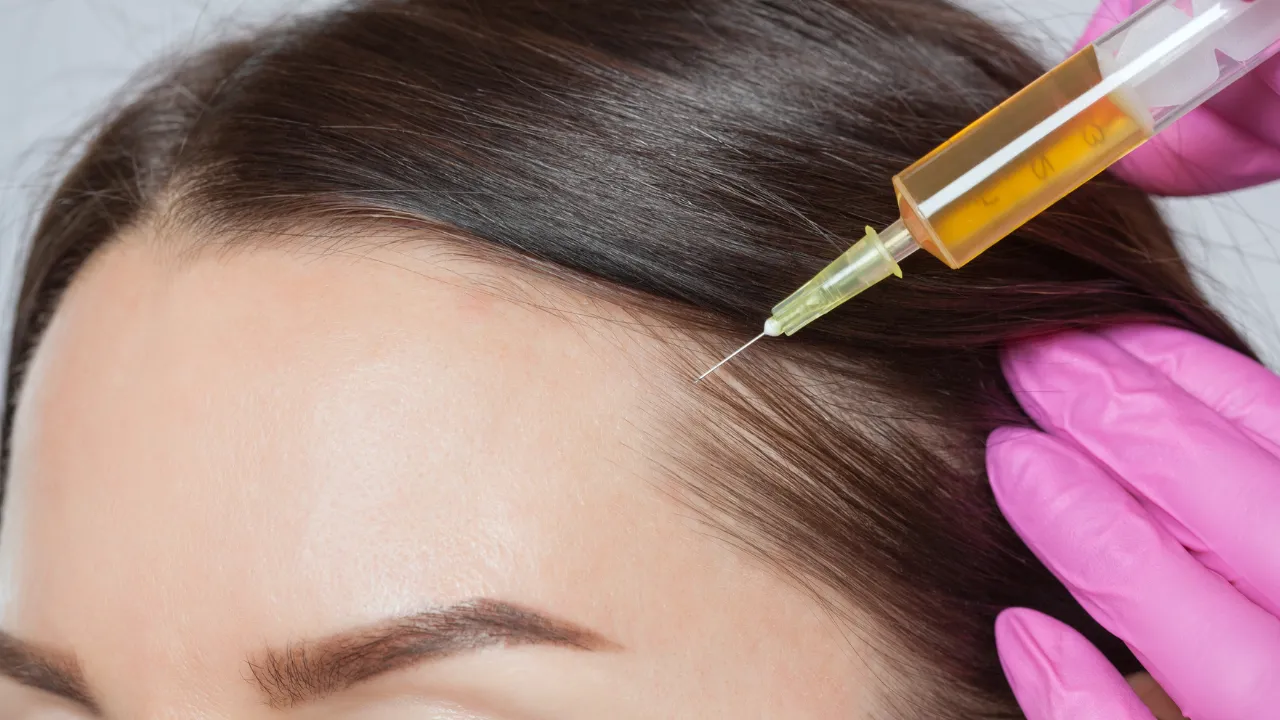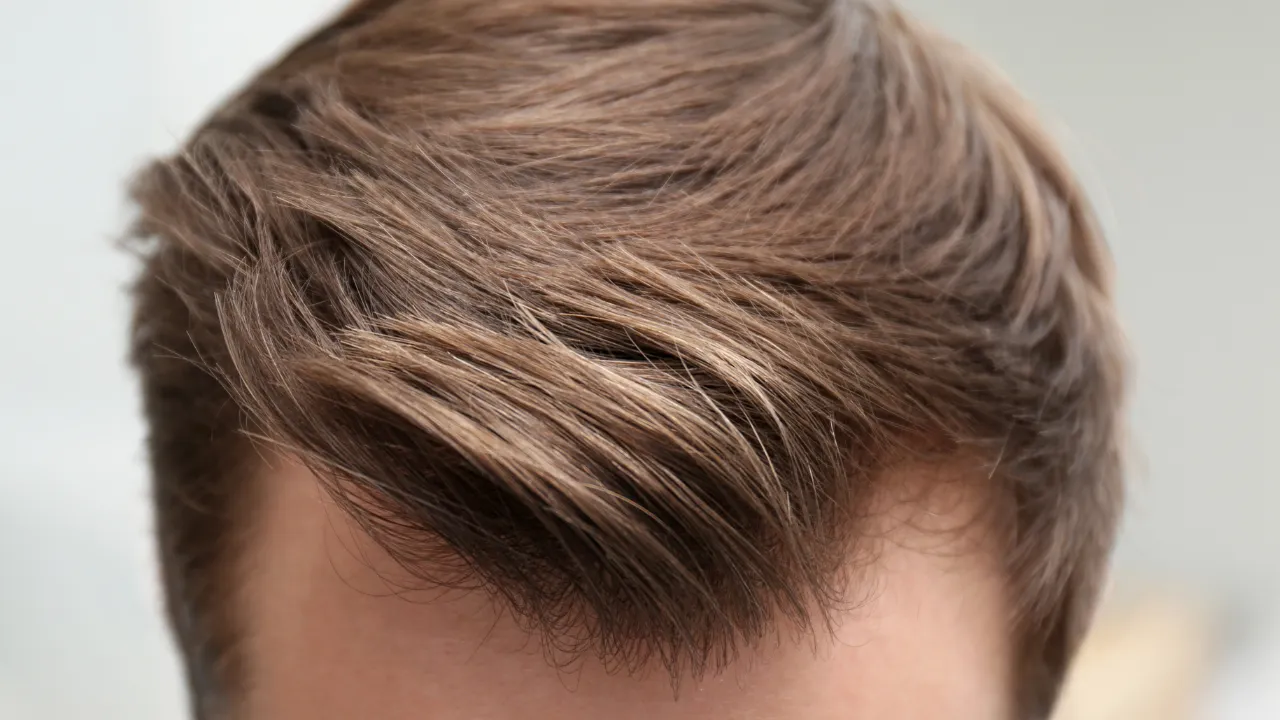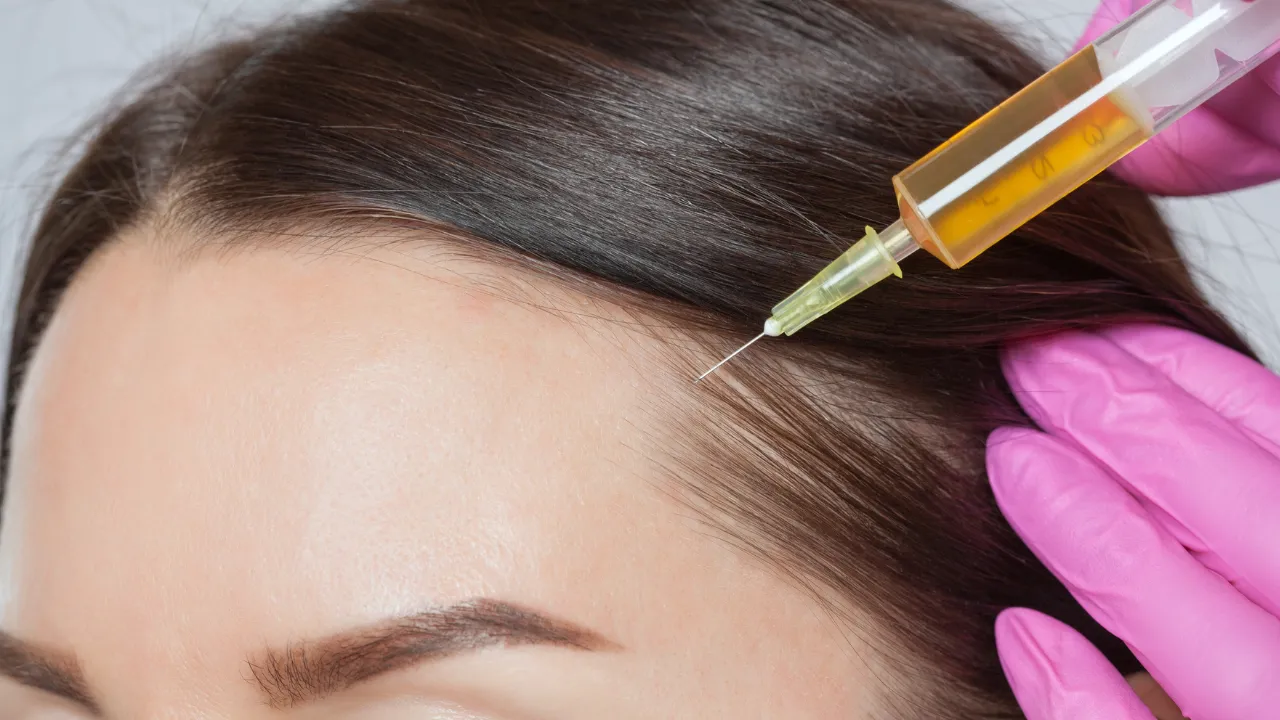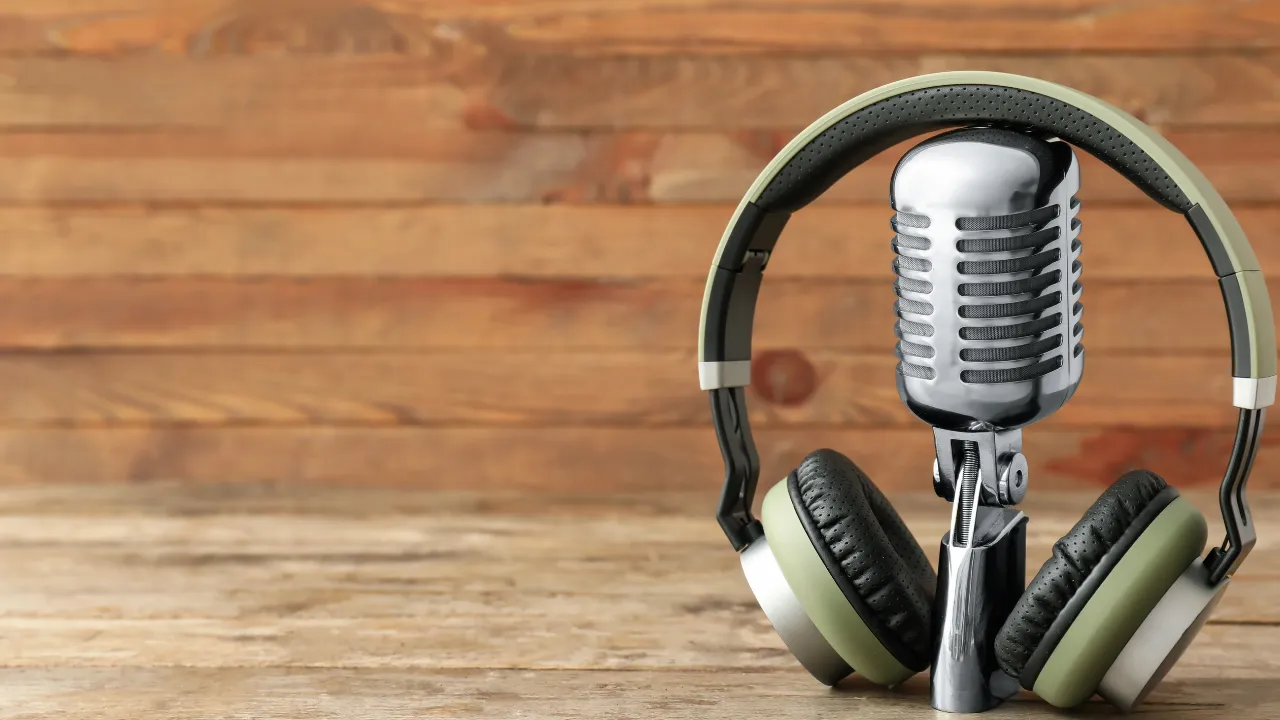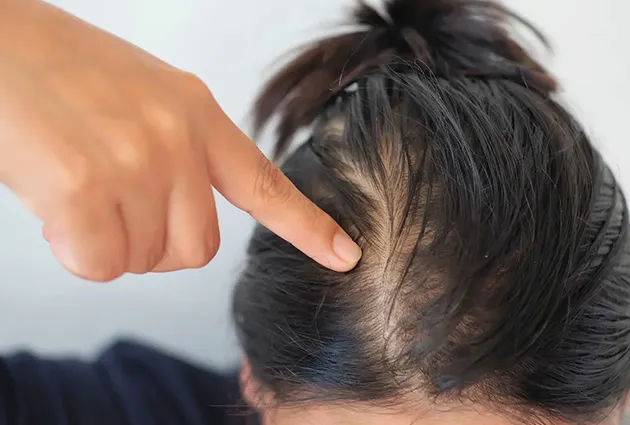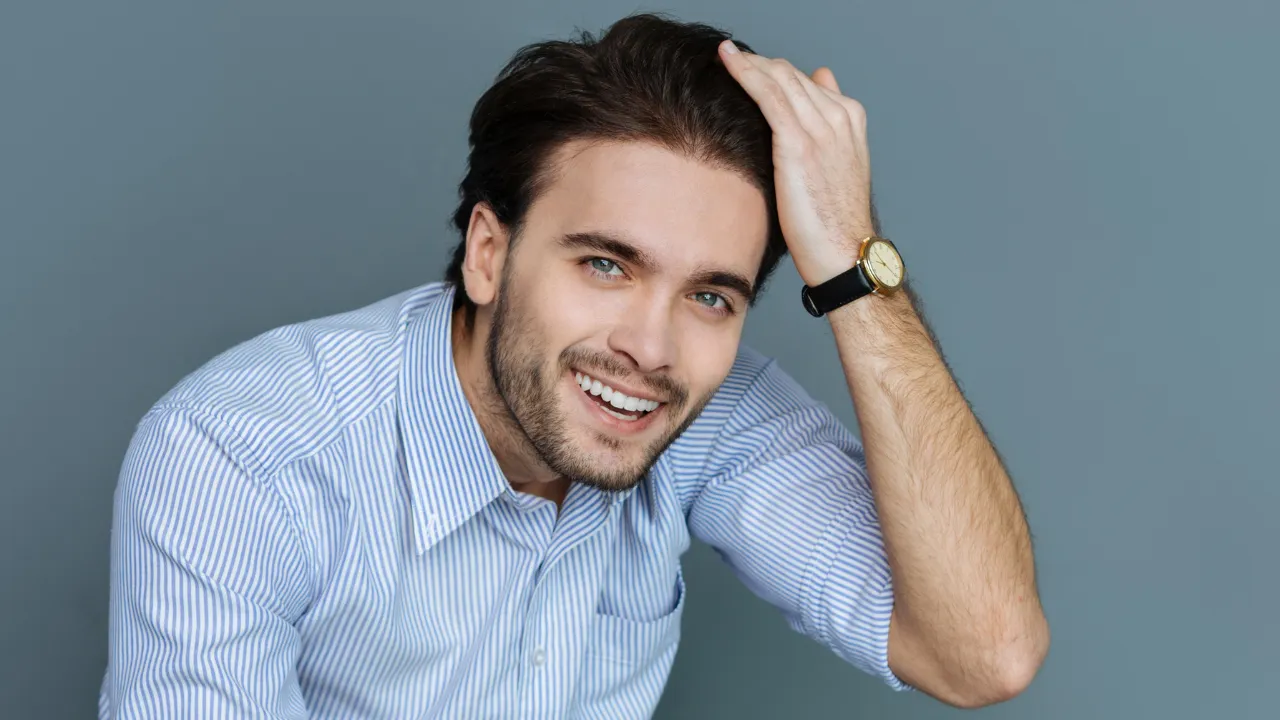Table of Contents
ToggleHair transplant trypophobia, a fear of small holes, can be challenging for some individuals considering a hair restoration procedure. We’ll explore the causes of trypophobia and offers solutions for managing discomfort during a hair transplant. With modern techniques and personalized strategies, patients can achieve their desired results while minimizing any fears related to the procedure.
What is Hair Transplant Trypophobia?
Hair transplant trypophobia is a specific form of discomfort or fear experienced by individuals undergoing hair restoration, particularly the Follicular Unit Extraction (FUE) method. This procedure involves the creation of small, clustered holes on the scalp, which can trigger intense discomfort for people who suffer from trypophobia.
To understand how this condition impacts patients undergoing hair transplant surgery, we should first examine the symptoms of trypophobia. Next, we need to explore its connection to the surgical process. We also need to see how it connects to the surgical process.
Understanding Trypophobia and its Symptoms
Trypophobia is the aversion or fear triggered by repetitive clusters of small holes or patterns. People with this condition may experience discomfort, anxiety, or even physical symptoms like nausea, sweating, dizziness, or rapid heartbeat when exposed to these patterns.
The severity of symptoms varies widely, but for some, these feelings of unease can significantly interfere with daily life. Though trypophobia is not officially classified as a mental health disorder, the intensity of the response can still affect a person’s quality of life.
Why Hair Transplants Can Trigger Trypophobia
Hair transplant procedures, especially FUE, involve the creation of multiple small holes in the scalp where hair follicles are implanted. These small cuts can look like patterns that cause trypophobia in some people. This can lead to increased anxiety or discomfort during or after the procedure.
Knowing these possible triggers is important for preparing patients. It helps them feel comfortable with their choice to have a hair transplant.
Managing Trypophobia During a Hair Transplant Procedure
Hair transplant procedures, especially FUE, can trigger trypophobia due to the small, clustered holes created during the surgery. However, with the right strategies, patients can manage their anxiety and enjoy a more comfortable experience. This section outlines methods to reduce the psychological and physical impacts of trypophobia during and after hair transplants.
Psychological Support Options
Psychological therapies such as cognitive-behavioral therapy (CBT) and exposure therapy can be highly effective in managing fue hair transplant trypophobia. CBT helps individuals reframe negative thoughts associated with their fear, while exposure therapy gradually desensitizes patients to the triggers of trypophobia. For some patients, short-term medications like anti-anxiety medications or beta-blockers might also be recommended, particularly if the procedure is causing significant distress.
Patients can work with therapists to build coping mechanisms before the surgery, making the experience less overwhelming. The combination of mental health support and medical intervention can greatly improve the comfort and overall outcome of the procedure for individuals with trypophobia.
Techniques to Minimize the Visual Impact of FUE
Advancements in FUE have led to the development of specialized tools that create smaller and less noticeable incisions. This is critical for individuals with hair plugs trypophobia, as it minimizes the clustered appearance of the transplanted areas. By using these refined techniques, surgeons can reduce the visual triggers that might cause discomfort for those affected.
Surgeons may also strategically space the incisions to avoid clustering and limit the risk of triggering trypophobia. These refined techniques ensure a more aesthetically pleasing result, while simultaneously addressing the psychological needs of the patient.
Preventing Infection and Reducing Visual Triggers
Post-procedure care is essential to prevent infection hair transplant trypophobia, as infections can cause additional scabbing or inflammation, exacerbating the appearance of the clustered holes that trigger discomfort. Following your surgeon’s aftercare instructions can significantly reduce the risk of infections and speed up the healing process, making the treated area less visually prominent.
Post-surgery, patients should follow a strict regimen of scalp cleaning, using gentle products as prescribed by the surgeon. Keeping the area clean and well-moisturized can prevent the formation of scabs and other visual cues that might exacerbate trypophobia. By taking these measures, patients can ensure a smoother healing process with minimal triggers.
This comprehensive approach allows patients with trypophobia to navigate the hair transplant process with greater ease and confidence.
Modern Hair Transplant Techniques for Patients with Trypophobia
Advancements in hair restoration have significantly improved the experience for patients dealing with fue hair transplant trypophobia. These innovations ensure a less invasive and visually triggering process, making hair transplants a more viable option for individuals sensitive to small, clustered holes.
Advances in FUE
One of the most effective techniques to minimize the impact of fue hair transplant trypophobia is the modern approach to Follicular Unit Extraction (FUE). In recent years, FUE has progressed with the use of finer instruments that create smaller incisions on the scalp. These minimally invasive tools reduce the number and size of holes, lowering the risk of triggering trypophobia. Additionally, the precision of these tools allows for a natural, seamless result without the prominent appearance of hair plugs trypophobia.
For patients worried about how the procedure looks, these new methods make FUE a more comfortable choice. They help reduce physical pain and mental stress. Hair follicles are carefully extracted and implanted to avoid excessive clusters, which could provoke feelings of unease. Surgeons can help reduce anxiety for patients who are sensitive to patterns. They do this by adjusting their approach to fit these patients’ needs.
>> Check out our related articles
Hair Transplant Timeline: A Month-by-Month Guide
Can You Change Your Hair Texture with a Hair Transplant?
Post-Transplant Care to Alleviate Trypophobia Triggers
Proper post-operative care is essential in managing infection hair transplant trypophobia. Infections can make the scalp look worse. They can make incisions or scabs more visible. This may worsen trypophobia symptoms.
Patients are advised to follow strict aftercare routines to promote healing and minimize the risk of infection. This includes keeping the scalp clean, using prescribed ointments, and avoiding scratching or disturbing the treated areas.
Healing quickly is a priority for reducing visual triggers that provoke fue hair transplant trypophobia. With faster recovery, the appearance of small holes or clusters diminishes more rapidly, helping patients feel more comfortable during the healing phase. Surgeons suggest using soothing treatments like cold compresses or gentle washes. These can help reduce irritation and improve healing.
These post-care strategies help prevent infections and promote quick recovery. This reduces the psychological impact on patients with hair plug trypophobia. Making sure the scalp heals properly helps improve the appearance. It also lowers the risk of causing trypophobia during recovery.
How Dr. Kopelman Can Help Minimize Trypophobia After Hair Transplant Surgery
Dr. Kopelman is a highly experienced hair transplant surgeon who understands the challenges faced by individuals with fue hair transplant trypophobia. His advanced techniques minimize the visual impact of the procedure, helping patients feel more at ease during recovery.
After the surgery, Dr. Kopelman provides personalized post-care instructions that focus on quick healing and preventing infection hair transplant trypophobia. With his expertise, you can trust that your concerns will be addressed, ensuring a smoother recovery while reducing the chances of triggering hair plugs trypophobia.


